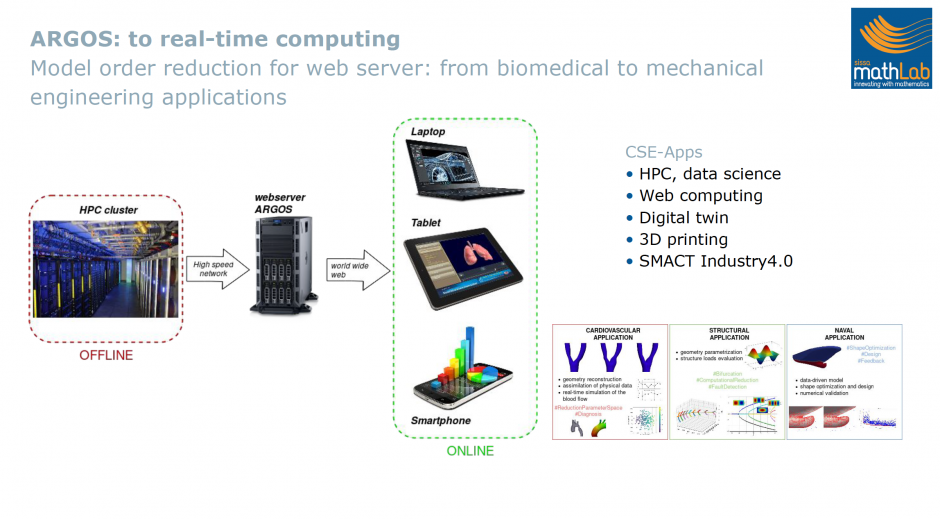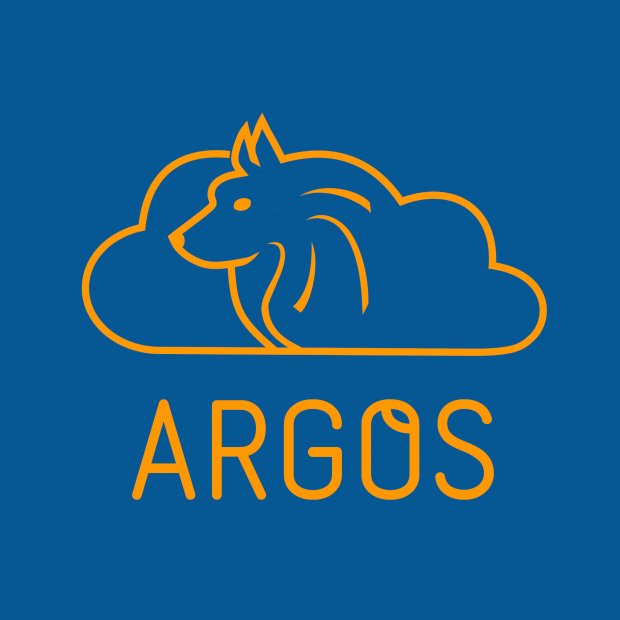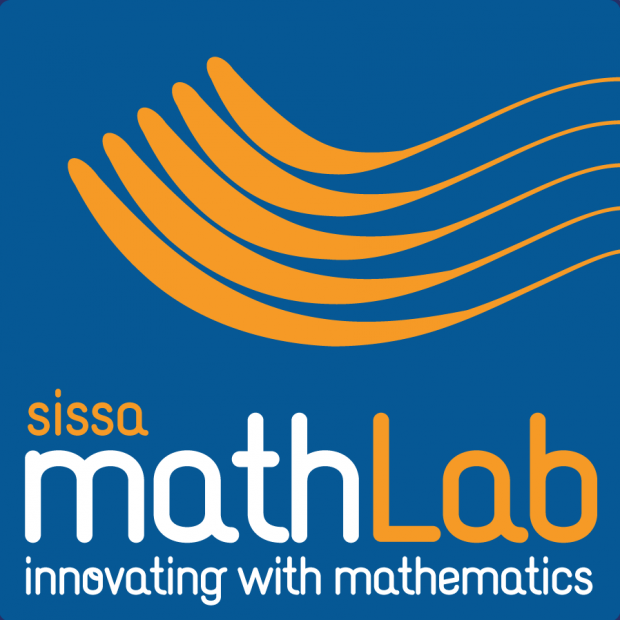Our research: aims and goals
In the last decades research and development within industries and SMEs, has increased the need of numerical simulation and so computational costs as well. Thanks to the ERC CoG AROMA-CFD project we have developed fast methodologies in order to obtain an efficient computational framework for parametric flow problems analysis by overcoming several methodological barriers and limitations. Within this framework, ARGOS represents the dissemination tool of numerical simulation to a vast audience of companies and institutions, through simple web interfaces by providing graphical and ready-to-use applications involving Reduced Order Modelling.
The ERC PoC 2021 financed the development of the web platform with the aim to go to market and start selling the services, granted by the foundation of a dedicated SISSA spin-off.
ARGOS, which stands for Advanced Reduced Groupware Online Simulation, represent the ultimate simulation tool based on reduced order modelling state of art. The web platform allows to obtain results in real time thanks to the libraries developed during the AROMA-CFD project, which is the innovative solution to avoid long time response and computational cost. The disruptive innovation of ARGOS is the ability to change the approach to engineering and mathematical simulation from an off line system to an online one and directly to personal devices like laptop or tablet.
This solution is user friendly and allows people with no specific technical background in numerical modelling or programming, to obtain results on complex parametric problems.
This fast computational web-server is also perfectly integrable in several emerging fields and technologies like digital twins and data-driven modeling, in need of important computing technologies, able to combine computational capabilities with data assimilation and analytics, but also in fields where augmented intelligence of machines – thanks to machine learning and internet of things – is a growing need.
ARGOS can be applied in other several applications, like the mechatronic field, where real time computing is emerging, from 3D printing to additive manufacturing. The use of real time web computing facilities in medical problems is even more challenging due to physiological and morphological data to be assimilated and recast in the reduced computational model, whose web interface would allow to export numerical simulation in hospitals, even on small portable devices.
Below, there are some highlights of the web solutions and tutorials already available to http://argos.sissa.it




